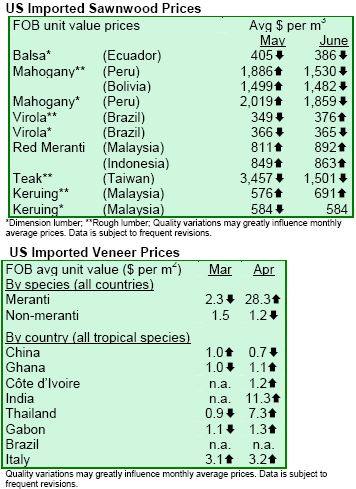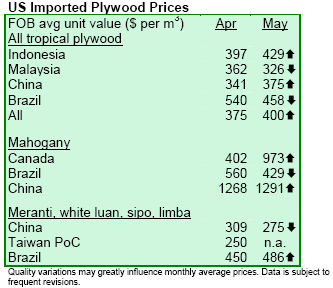|
US new housing sector continues to cool down
The US housing market cooled further, as existing home sales dropped 4.1% in July, the lowest level in 2.5 years.
The inventory of unsold houses climbed to a new high of 3.9 million, equivalent to a more than seven-month
demand. The US National Association of Realtors reported that the median house price was 0.9% higher than
in July 2005, the smallest year-on-year increase since May 1995.
Privately-owned housing starts dropped 2.5% in July to a seasonally adjusted annual rate of 1.80 million units,
according to the US Commerce Department. This was 13% below the pace of a year ago. The decline was due to
a 2.3% reduction in single-family sector, which accounts
for over 80% of the houses built. The chart below shows that privately-owned housing starts have plunged 21% since January this year. Building permits (down 6.5%
from June) and housing completions (down 5.4%) also dropped in July. The National Association of Home
Builders¡¯ (NAHB) surveys of single-family builders have been showing a steady decline in confidence since the
middle of last year, with builders acting accordingly.

US household furniture market outlook
US households spend less than 1% of their disposable income on furniture, and this share
seems to be on a long-term declining trend. From its peak of 1.32% in 1964, it gradually
declined to 0.82% in 1992 before rising slightly to 0.87% in 2005. The decline of this share is
partially due to a shrinking in the average household size, from 3.4 persons in 1960 to 2.5
persons in recent years. However, this has been offset by the increasing number of
households.
US furniture market amount to $78.5 billion
The total value of the US household furniture market at retail prices amounted to an estimated $78.5 billion ($30.7
at manufacturers¡¯ prices) in 2005. Close to $30 billion dollars (38% of the total market size) was wooden
case-goods (mainly bedroom, dining and living room, and kitchen furniture). An additional $26.6 billion (34%) was
upholstered furniture (mainly chesterfields and matching chairs), $13.4 billion (17%) was mattresses and
foundations and a remaining $8.6 billion (11%) was metal furniture (mainly outdoor furniture).
Five states account for 38% of the US market
California was the largest market for household furniture with $10.31 billion of sales in 2005. New York was
second with $5.95 billion, Texas third with $5.62 billion, Florida fourth with $4.48 billion and Illinois fifth with
$3.53 billion. These five states together accounted for 38% of the entire US market for household furniture.
The US furniture market is strongly concentrated in major urban centers. The top 26
metropolitan areas account for 42% of the US population and almost half of the estimated
sales of household furniture. The major metropolitan markets for household furniture were the areas of New
York ($6.62 billion), Los Angeles ($3.71 billion), Chicago ($2.8 billion),Washington-Baltimore ($1.96 billion) and
Philadelphia ($1.82 billion). These 5 areas accounted together for more than one-fifth of the entire US market
for household furniture in 2005.
Furniture sales have been growing at 5.5% a year
Over the last two decades, household furniture sales jumped 168% from $29.3 billion in 1985 to $78.5 billion
in 2005. This means an average annual growth rate of about 5.5%. However, this growth has slowed in recent
years and fell to 3.9% in 2005, in nominal terms. Some of the growth in sales during the past 20 years was due to
rising prices. In constant 2000 dollar terms, furniture sales grew 146% from $34 billion in 1985 to $83.9 billion in 2005.

Furniture sales growth forecast to slow to 4% a year
Aktrin estimates the number of US households to grow by about 12.5% over the next decade (about 1.2% per year),
faster than the 8% growth for the total population. Real disposable income per household is expected to increase
by about 42.6% (about 3.5% per year) over that period, while total real disposable income would grow by about
55% between 2005 and 2015. Based on these assumptions, Aktrin expects furniture spending growth to accelerate
from an annual real rate of 4.1% in 2006 to 5.5% next year. Thereafter, it would gradually slow down to 4% by
2015. Thus, real household furniture spending (in constant 2005 dollars) is projected to rise 55% from $78.5 billion in
2005 to $121.7 billion in 2015.


¡¡
|